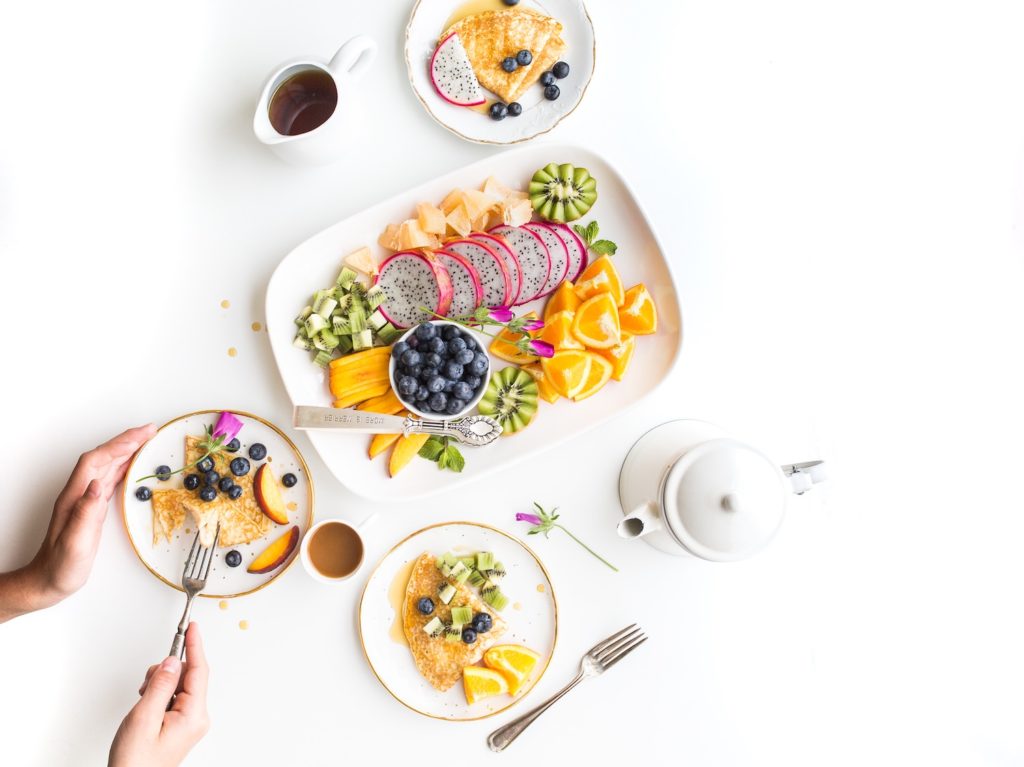Because it is so easy to capture food photography, commercial photography holds a special place. Anyone can believe they are capable of taking snapshots of mom-and-pop meals and posting amateur food photos on Twitter.
Anyone who has attempted professional photography knows the difficulty of making a dish look appealing. Good food photography should aim to promote and sell the food. Although this may seem daunting, it is not.
You can also hire the best commercial food photographers in Houston.

Image Source: Google
Food photography is a descendant of still life painting. It allows the subject matter to be exposed to all aspects of the photographer's artistic vision. Commercial photographers are encouraged to improve their techniques, including lighting, props, and shot selection.
Lighting is determined by the food being photographed. For most shots, however, it is best to use natural lighting. Flash lighting can cause delicate foods to become too bright. However, some dishes are more suited for creative lighting.
For fresh fruits and salads, crisp lighting is the best, but different foods have different characteristics. You would love to see the glowing char on a steak or grilled meal shine in bright, earthy lighting. Or the clashing colors on a pizza crust. To create your own lighting style, focus on the characteristics of your subject and highlight those qualities.
Props are often secondary in food photography, but if used in the right way they can tie together shots. Props can be used to highlight the dish and make it more attractive. Many household items can be used to make food shots look more professional.
